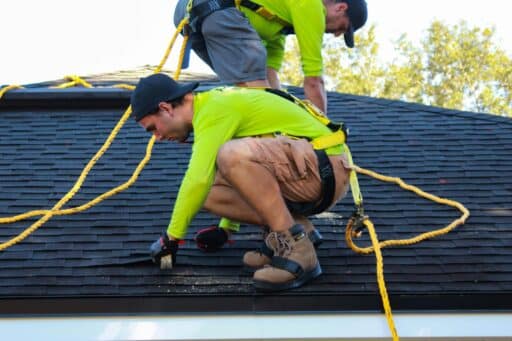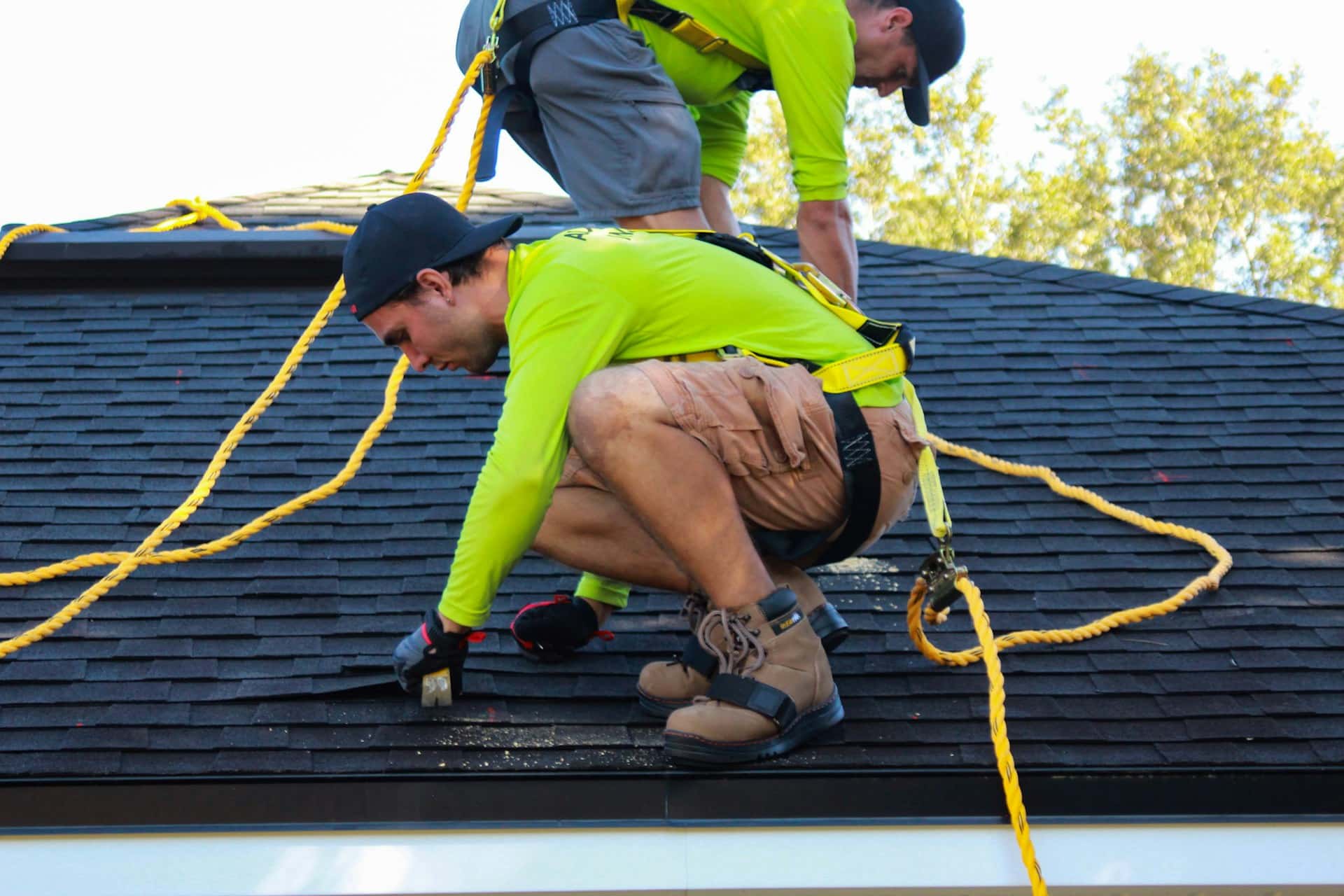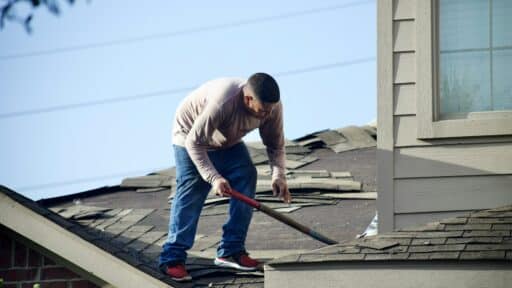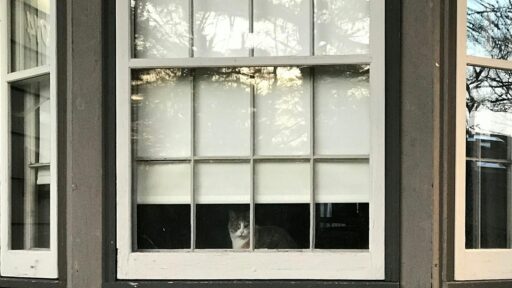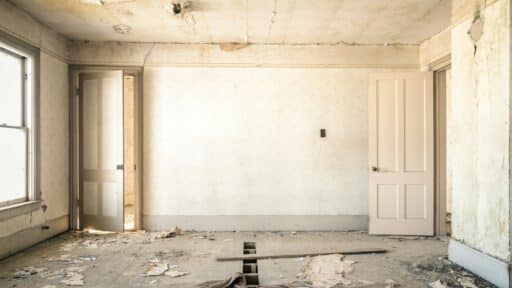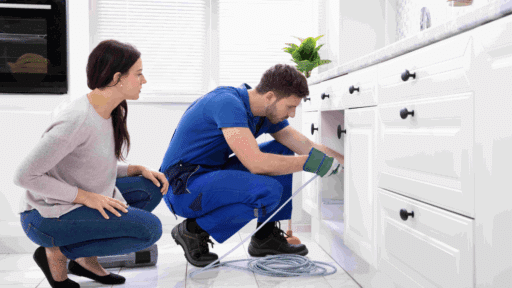A roof does far more than protect your home from the elements. In Pennsylvania, where summers are increasingly hot and winters remain long and cold, your roofing system directly affects how much energy your home consumes and how much money you spend on utility bills.
According to the U.S. Department of Energy, nearly 25% to 35% of a home’s energy loss can occur through the roof and attic if not properly insulated or ventilated. In older homes — especially those built before 1990, that number can climb even higher. The result? Higher heating loads in winter, overheating in summer, and HVAC systems that work harder year-round.
With the average Pennsylvania household spending more than $2,000 annually on heating and cooling combined, even small improvements in roofing performance can lead to meaningful energy and cost savings. That makes your roof one of the most impactful, yet often overlooked, parts of your home’s energy system.
This guide explores how roofing choices influence home energy efficiency across Eastern and Central Pennsylvania. We’ll also highlight best practices, material choices, performance data, and what to expect from a qualified Pennsylvania roofing contractor.
Why Pennsylvania’s Climate Demands Smarter Roofing Decisions
When it comes to building performance, climate dictates the rules. Pennsylvania’s climate is classified as mixed-humid, which means homes face heating and cooling extremes throughout the year. This puts pressure on every layer of the home’s envelope — especially the roof.
Most of Pennsylvania experiences:
- Cold winters with regular snowfall and ice
- Hot, humid summers with sustained sun exposure
- Freeze-thaw cycles that damage exterior materials
- Seasonal air pressure shifts that test air barriers
According to the National Weather Service, average winter temperatures in Central and Eastern Pennsylvania often dip below 20°F, while summer highs can reach 90°F or more, with humidity regularly above 70%. These conditions mean your roof must manage both heat retention and solar heat rejection, depending on the season.
Poor roofing design in this climate leads to predictable problems:
- Ice dams that form from trapped heat and poor ventilation
- Overheated attics in summer that strain air conditioners
- Condensation and mold growth due to moisture mismanagement
- Early material failure from expansion and contraction cycles
And those issues don’t just hurt the roof — they affect indoor comfort, air quality, energy bills, and even the durability of your HVAC system.
It’s About How the Whole Roofing System Performs
When most people think about saving energy at home, they think of insulation — maybe a few extra inches in the attic, or new spray foam around ductwork. That’s important, but insulation alone doesn’t solve the problem. Energy efficiency at the roof level isn’t a product — it’s a system. And it only works when every part is aligned.
The roofing material, attic ventilation, insulation depth, air sealing, and even roof color all interact to determine how much heat escapes in the winter and how much is absorbed in the summer. If one of those areas is wrong — even slightly — the whole system underperforms. For example, if you add new insulation but skip air sealing around the attic access or ceiling penetrations, warm air will still escape and cause ice dams. If you install a reflective roof without adding proper ventilation, summer heat can still get trapped in the attic, creating the same problems you were trying to avoid.
There’s also the question of aging construction. Many Pennsylvania homes built before the 1980s have roof designs that don’t meet today’s standards. Rafters may be too shallow for deep insulation. Vents may be missing entirely. In those cases, re-roofing becomes more than a cosmetic update. It becomes an opportunity to correct decades of energy loss and moisture problems.
How Roofing Materials Influence Energy Performance in Pennsylvania Homes
The material you choose for your roof does more than affect how your house looks. It directly impacts how your home handles heat and cold — which is why the wrong material can quietly increase your energy bills for years.
In Pennsylvania, where seasons are intense and unpredictable, roofing materials need to do more than survive weather. They need to work with it. For many years, asphalt shingles have been the default choice. They’re widely available, affordable, and come in different colors. But when it comes to energy performance, traditional asphalt has limitations. Dark shingles, in particular, absorb a large amount of solar heat during the summer. That heat radiates into the attic, raising indoor temperatures and forcing air conditioners to run longer. Even so-called “cool roof” shingles offer only marginal improvement unless they’re combined with proper ventilation and insulation.
On the other hand, metal roofing has become a preferred solution for homeowners prioritizing energy efficiency and long-term durability. A properly installed Energy Efficient Metal Roofing system can reflect a significant portion of solar radiation, keeping attic temperatures more stable even during extreme summer heat. In testing, reflective metal roofing has been shown to reduce surface temperatures by up to 50°F compared to conventional shingles. For Pennsylvania homeowners dealing with both hot summers and heavy snow, that difference matters.
Metal roofing also sheds snow more effectively, which reduces the risk of ice damming — a common winter problem in areas like Central Pennsylvania. That alone prevents costly water damage and helps maintain the long-term integrity of the home. While the initial cost of metal roofing is higher than asphalt, the energy savings, reduced maintenance, and extended lifespan often make up for the investment over time.
Ventilation and Air Sealing
No matter what roofing material you choose, your system will fail to perform if ventilation and air sealing are ignored. These two elements are often overlooked, yet they’re responsible for some of the most common and costly energy losses in Pennsylvania homes.
Ventilation controls how air moves through your attic. When designed correctly, it allows excess heat and moisture to escape in summer, and keeps roof surfaces cold in winter to prevent ice dams. In practice, that means creating a balance between intake (usually at the soffits) and exhaust (typically at the ridge). When this airflow is disrupted — or worse, absent — the attic becomes a heat trap in summer and a moisture trap in winter. Over time, that leads to warped decking, mold, and shortened roof life.
Air sealing is just as critical. It stops the warm, moist air from your living space from leaking into the attic, especially during winter. That upward flow of conditioned air is what often melts snow unevenly, starting the freeze-thaw cycle that causes ice dams. It also contributes to heat loss that makes your furnace work harder. Sealing around attic hatches, light fixtures, plumbing penetrations, and ductwork can make a measurable difference in both comfort and energy usage.
In Pennsylvania, where weather is constantly shifting, homes need to breathe — but in a controlled, predictable way. Too little ventilation leads to rot. Too much air leakage leads to heat loss. The goal is balance: stop the air you paid to heat or cool from escaping, while still letting your home manage moisture and airflow where it matters.
What many homeowners don’t realize is that these issues aren’t always visible from the outside. A beautiful new roof can still fail if what’s happening underneath it — in the attic and behind the ceiling — hasn’t been addressed. That’s why any energy-efficient roofing upgrade should begin with a full inspection of the attic, including how well it’s sealed, insulated, and ventilated. Without that, even the best materials won’t deliver the results you’re expecting.
What an Energy-Efficient Roofing System Should Deliver in a Pennsylvania Home
When all parts of the roofing system work together — materials, insulation, ventilation, and air sealing — the impact on energy use and comfort is immediate and long-lasting. A well-designed roofing system in Pennsylvania should deliver measurable benefits across seasons, not just during installation.
Here’s what homeowners can expect when the job is done right:
- Lower heating and cooling bills year-round
Energy-efficient roofing reduces heat gain in summer and prevents heat loss in winter, easing the load on HVAC systems. - Reduced attic temperatures by 20–50°F in summer
This lowers interior room temperatures and helps prevent premature aging of HVAC ductwork and stored belongings. - No ice dam formation in winter
Proper insulation and attic ventilation eliminate uneven snow melt, stopping one of the most destructive winter roofing issues in the state. - More stable indoor temperatures
Rooms become easier to heat and cool evenly, especially second floors and attics converted into living space. - Extended roof lifespan
Materials perform better and last longer when temperature swings and moisture issues are controlled. - Improved air quality and moisture control
Sealing and venting the attic correctly reduces the risk of mold, mildew, and airborne contaminants that often originate in poorly ventilated spaces. - Eligibility for energy tax credits and incentives
Certain materials and roofing upgrades qualify for federal tax credits and utility rebates, reducing the project’s net cost. - Better resale value and market appeal
Energy-efficient upgrades are increasingly valued by buyers in Pennsylvania — especially those looking for lower utility costs and better-built homes.
These benefits don’t happen by chance. They’re the result of coordinated design, smart material choices, and professional installation by contractors who understand how to work with Pennsylvania’s climate conditions — not against them.
Understanding the Costs, Incentives, and Long-Term Value
Energy-efficient roofing isn’t just about performance — it’s about payback. For many Pennsylvania homeowners, the idea of replacing a roof comes with understandable concern about cost. But the right roofing system, installed with long-term performance in mind, often delivers real financial returns — not just in reduced utility bills, but in added home value and reduced maintenance.
The cost of re-roofing a home in Pennsylvania varies by size, slope, material, and complexity. For asphalt shingles, homeowners can expect to pay between $9,000 to $15,000 for a full replacement. A metal roofing system — especially one designed for energy performance — typically ranges between $18,000 to $30,000, depending on the design and accessories involved.
While the upfront cost of metal is higher, it often lasts two to three times longer than asphalt and requires far fewer repairs. More importantly, the energy savings over time can be substantial. In moderate-to-large homes, a well-designed energy-efficient roof can reduce heating and cooling costs by 15% to 25% annually. Over a 20-year period, that equates to $8,000 to $12,000 in energy savings alone — not counting avoided maintenance or increased resale value.
Homeowners who integrate solar with their roof replacement often see the greatest returns. With solar-ready standing seam metal roofing, for example, panels can be installed without penetrating the roof — preserving material warranties and reducing installation time. In those cases, a new roof becomes more than a cost center. It becomes an energy-producing asset with real, trackable financial returns.
When all the numbers are considered — upfront investment, monthly savings, federal incentives, and increased home value — energy-efficient roofing consistently delivers a strong return. And unlike HVAC systems or smart home upgrades, it does so quietly, year after year, without needing constant adjustment or replacement.
Choosing the Right Roofing Contractor in Pennsylvania Matters More Than You Think
A roofing upgrade is one of the most important investments you can make in your home. But the outcome depends heavily on who installs it. In Pennsylvania, where homes vary widely in age, design, and insulation quality, selecting a contractor who understands both energy performance and regional building challenges makes all the difference.
Many roofing contractors focus on speed — stripping and replacing shingles in a day or two, with minimal attention to ventilation, attic sealing, or thermal bridging. That approach may be enough for basic weather protection, but it leaves energy savings on the table. Worse, it can trap moisture, allow conditioned air to leak out, or reduce the lifespan of both the roof and the HVAC system.
A qualified Pennsylvania roofing contractor will approach the roof not as a cosmetic surface, but as part of the home’s total energy envelope. They’ll evaluate insulation levels, check for signs of poor airflow or moisture buildup, and recommend materials that perform best in mixed-climate conditions.
Before hiring anyone, homeowners should ask:
- Will the attic be inspected for existing insulation and moisture issues?
- Is the contractor experienced in both roofing and energy efficiency upgrades?
- Do they install materials that meet Energy Star or cool roofing standards?
- How do they handle ventilation — especially soffit, ridge, and gable vents?
- Can they integrate roofing with solar if needed, without compromising performance?
Final Thoughts
An energy-efficient roofing system isn’t built from shingles alone. It’s the result of thoughtful planning, proper attic sealing, balanced ventilation, and materials that are designed for performance. When all of those elements are aligned, the outcome is measurable: lower utility bills, fewer moisture problems, more stable temperatures, and a longer-lasting home.
More importantly, roofing upgrades have lasting financial impact. With the right product choices and contractor, homeowners can reduce their energy usage, tap into federal tax credits, and prepare for future technologies like solar — all while improving resale value and home durability. For anyone living in Eastern or Central Pennsylvania, where the climate pushes homes to their limits, investing in energy-efficient roofing isn’t just a good idea. It’s a smart, future-ready decision.

